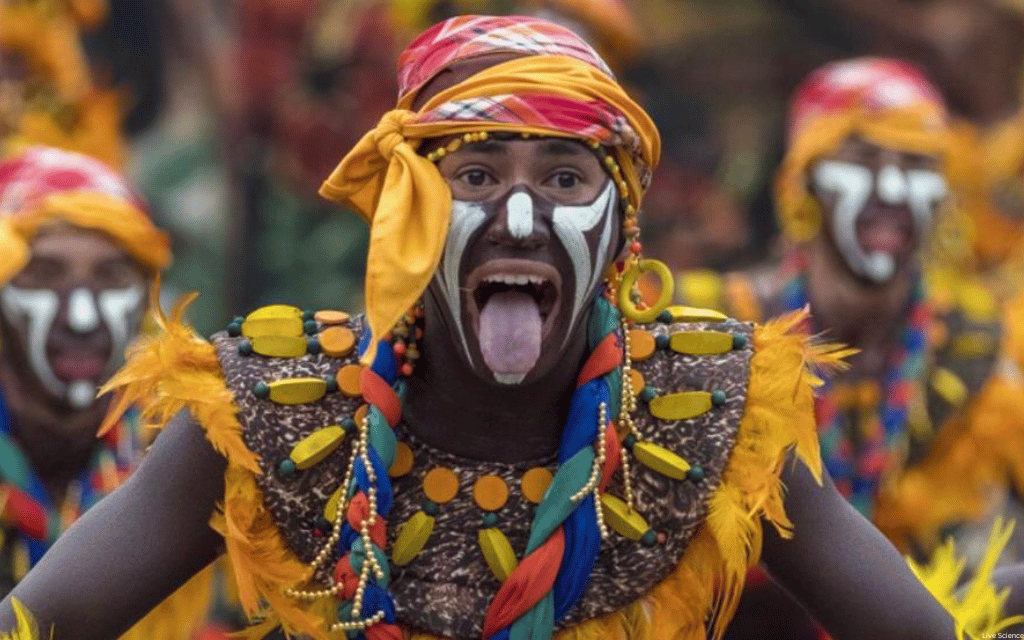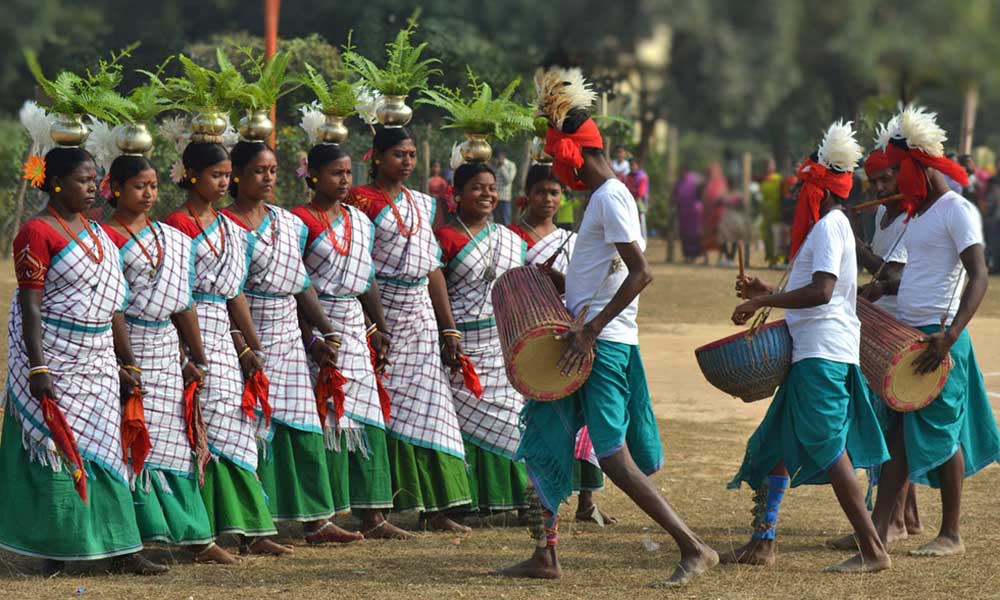Some tribes in India can give you a glimpse of the past and a cultural experience of their age-old practices. There are many such tribes in India and some of them prefer to delve alone in the forests, mountains or islands. While the others are quite open to tourism and welcome the world to experience and live their culture with ancient traditions and lifestyle.

Also Read: Where did the Chipko Movement First Started in India?
List of Major Tribes in India
Here is a list of some of those tribes and the details of some important ones are mentioned below.
| Name of the tribe | Region of the tribe |
| Badaga | Tamil Nadu |
| Santhal | West Bengal & Chhattisgarh |
| Chakma | Bangladesh and North East India |
| Munda | Central and Eastern India |
| Lepcha | W. Bengal, Nepal, and Bhutan |
| Khasi-Jaintia | Meghalaya |
| Kisan | Odisha |
| Ladakhi | Jammu & Kashmir |
| Mishmi | Arunachal Pradesh |
| Naga | Naga |
| Tripuri | Tripura |
| Tharu | East India & Nepal |
| Toda | Tamil Nadu |
| Raute | North India, and Nepal |
| Nocte | Tirap |
| Kuruba | Andhra Pradesh, Tamil Nadu, and Karnataka |
| Kota | Tamil Nadu |
| Kodava | Kodagu, Karnataka |
| Karbi | Assam |
| Irula | Tamil Nadu |
| Bhutia | Sikkim, Tibet and Bhutan |
| Gond | between Madhya Pradesh and Odisha (Gondwanaland) |
| Bodo Kachari | Assam and Arunachal Pradesh |
| Bhils | Western India |
Munda

Munda tribes are a community of hunters and farmers. They are also known for their basketwork, weaving, and other forms of craftwork. Storytelling and folk songs are a common tradition among these tribes. The people believe in the sun god and are mostly Hindus. They speak a 3,500-year-old language. Another notable feature of this tribe is their weeklong marriage celebrations.
Gond

This is the largest tribe in the state of Chhattisgarh, whose one-third population is tribal. Gonds are known for their artworks and celebrating Dusshera. They also have an unorthodox culture of marriage of mutual concern and choice. One will find no two Gond villages with the same culture because of the various clans among the tribe. Their language is a mixture of Telugu and Dravidian.
Also Read: Unveiling the Heroic Role of Women in India’s Freedom Struggle
Naga

This is the tribe of Nagaland, Arunachal Pradesh, Manipur, and Assam. They also have a small self-administered region. The major religions of the tribe are Christianity, Theravada Buddhists, Heraka and Animist. Languages spoken by the Naga include Kuki-Chin Naga and around 89 different languages and dialects. They follow the war culture of ‘Wa People’ that influences their lifestyle. It can be seen that Naga men wear headgear made of hornbill horn and fur. Their crafts especially the Naga shawl are very famous. They use Bamboo and cattle skin for their musical instruments and organise the famous Hornbill Festival.
Santhal

A major section of this tribe lives in Bangladesh and Nepal but this tribe is still the largest in terms of population. The locals speak an Austroasiatic language called the Santali. They believe in spirits and follow a religion called Bonga. These tribes are also known for Witchcraft, festivals, and animal sacrifices. However, they are also fond of dance, instrumental music, puppet shows and other santal art forms. They wear beaded ornaments during these celebrations.
Bhils

Bhils are the tribes of the Dravidian race mostly dwelling in the western parts of India. They are also considered one of the oldest tribes in India. The tribe used to be of a ruling lineage in Rajasthan, Gujarat, Malwa, Madhya Pradesh and Bihar. Their language is also of Dravidian origin. Nowadays, living in Tripura, their economy comprises Tea gardens, Brickfields and Agriculture. Mainly worshipping Lord Shiva and Durga the Bhill people also appease deities of the forest and evil spirits.
This was all about the major tribes in India and a sneak peek into their culture, origin and way of life. For more such informative blogs on Indian History stay tuned to our General Knowledge section.
You might also like:
 One app for all your study abroad needs
One app for all your study abroad needs













